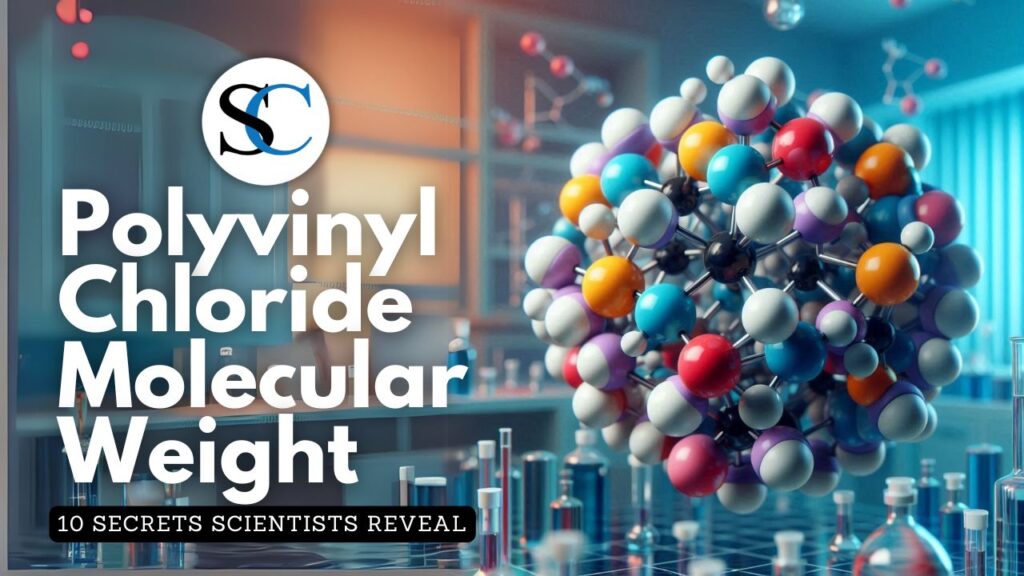Polyvinyl Chloride Chemical Structure: 10 Strongest Bonds
Polyvinyl Chloride Chemical Structure: Polyvinyl chloride (PVC) is a universal polymer known for its flexibility and toughness in endless applications. Understanding its substance structure is central to understanding the reason why PVC hangs out in the materials science scene. This blog investigates the ten most grounded bonds inside this construction that give PVC its one-of-a-kind […]
Polyvinyl Chloride Chemical Structure: 10 Strongest Bonds Read More »











